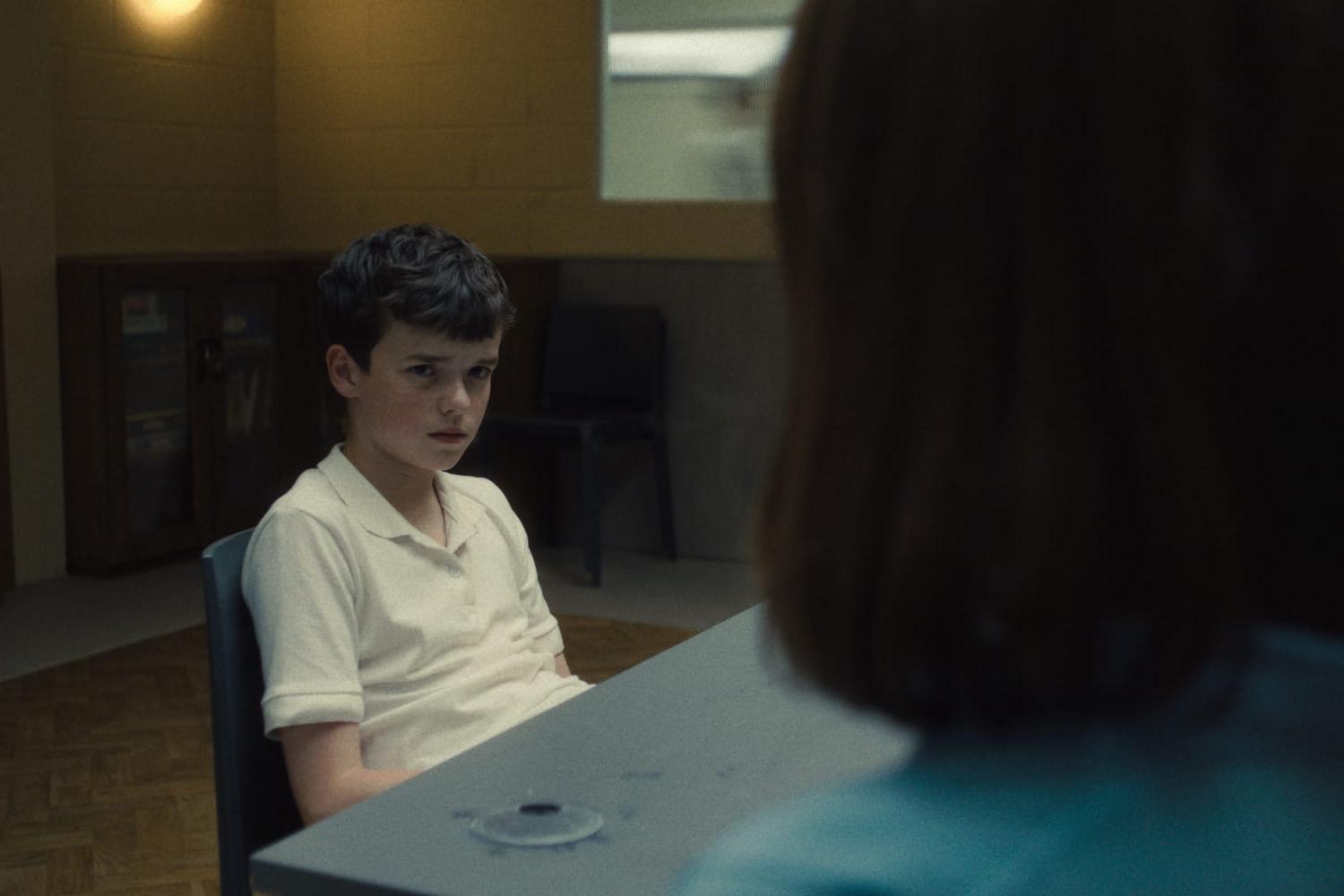Since its launch on Netflix on March 13, 2025, Adolescence has been a resounding success, amassing over 24 million views worldwide in just one week. It continues to hold the top spot on the platform’s current series chart, even outperforming the blockbuster The Residence. This success is well-deserved: the gripping series by Stephen Graham and Jack Thorne excels in both its thematic depth and execution. It intricately explores the mechanics of toxic masculinity, what it’s like to grow up at age 13 in today’s all-digital society, and the divide between today’s teenagers and their parents. The series consists of four episodes, each a continuous single shot filmed in real time without breaks, enhancing the immersion and tension.
This impressive combination of content and form has been praised by critics (including ourselves), but Adolescence has not won over every subscriber. On social media, some have shared their disappointment after watching the series’ conclusion. Remember, the series kicks off with the arrest of Jamie, a 13-year-old boy, accused of murdering a classmate. While some might expect a traditional crime drama focusing on the investigation and solving of the murder with twists and surprises, the series intentionally does not go in that direction, as the investigation is not the focus of the Netflix program. Below, we explain what you should understand about the series and its ending. Be warned, spoilers follow.
Exploring Adolescence (with spoilers)
Is Jamie Guilty?
Adolescence does not attempt to shroud the murder Jamie is accused of in mystery. While Jamie denies responsibility for a long time and the beginning of the series deliberately creates uncertainty, conclusive evidence of his guilt is presented at the end of the first episode: surveillance footage shows him killing his classmate. Yes, Jamie did indeed kill Katie. Although some uncertainties remain and characters continue to doubt, particularly his parents, Jamie’s guilt is confirmed, and the series does not further dwell on the investigative findings. The series finale, where Jamie tells his parents he will plead guilty, is the final confirmation of his actions (and his readiness to face the consequences).
Why Did Jamie Kill Katie?
Jamie’s motives are further revealed in episodes 2 and 3. He suffers from bullying, has no self-confidence, and harbors both shame and anger towards women, particularly Katie. This leads to one of the series’ key themes: toxic masculinity. Jamie, a child bullied by Katie among others, subscribes to the beliefs of incels (men who define themselves as unable to find a romantic partner due to women themselves, and who remain involuntarily single). When Katie rejects him, he commits the unthinkable.
What is the Series Really About?
Netflix subscribers looking for a new crime drama with twists and mysteries may be disappointed. But it’s important to understand that Adolescence is not a series focused on identifying the culprit or how the murder was committed, but rather on the “why,” and importantly, on “how we got here.”
The primary theme of the series, highlighted in the title, is what is truly going on in the minds of today’s teenagers. Episode 2 explores the gap between how adults perceive children and their actual daily realities, especially at school or online. Episode 4 sheds light on the divide between parents and teenagers through the family’s struggles, particularly Jamie’s father, who wonders what he might have missed in raising his child.
Understanding the Final Episode
The last episode of the series, more intimate yet impactful, shows that what happens to Jamie and his family could happen to anyone: the teenager grew up in a normal, loving family surrounded by positive influences. The parents take responsibility for their child’s actions, and the father questions what he could have done better to prevent the tragedy. His wife responds that there was nothing more he could have done. Their daughter is well-adjusted and likely to succeed, but they still bear responsibility for their son’s actions, as evidenced by the father’s apology to his son’s stuffed animal in the final scene.
What is the plot of Adolescence?
In Adolescence, 13-year-old Jamie Miller is arrested for the murder of a classmate. This event turns his ordinary family’s life upside down. Named “adult responsible” for his son’s custody, Eddie Miller faces a nightmare… Is his son truly guilty, or is it a miscarriage of justice? As Detective Bascombe leads the investigation, a psychologist evaluates Jamie. Will they uncover what really happened? And how does one recover from such a drama?
Who are the actors in Adolescence?
- Owen Cooper: Jamie Miller
- Stephen Graham: Eddie Miller
- Ashley Walters: Luke Bascombe
- Erin Doherty: Briony Ariston
- Faye Marsay: Misha Frank
- Christine Tremarco: Manda Miller
- Mark Stanley: Paul Barlow
Where to stream Adolescence?
If you’re interested in diving into the compelling four-episode drama of Adolescence, it’s available on Netflix. To subscribe to the streaming platform, there are three options: a basic subscription with ads ($5.99 per month), a standard subscription without ads ($13.49 per month), or a premium plan ($19.99 per month).
Similar posts:
- Unpacking the Confusing Finale of Netflix’s Hit Teen Series!
- Netflix’s Latest Teen Drama Series Will Shock and Captivate Viewers!
- Confused by the Netflix Teen Series Finale? We’ll Explain It All!
- Teen Drama Finale on Netflix Divides Fans: Here’s Why!
- Ginny & Georgia Season 3 Hits Netflix, Season 4 Already in the Works!

Jessica Morrison is a seasoned entertainment writer with over a decade of experience covering television, film, and pop culture. After earning a degree in journalism from New York University, she worked as a freelance writer for various entertainment magazines before joining red94.net. Her expertise lies in analyzing television series, from groundbreaking dramas to light-hearted comedies, and she often provides in-depth reviews and industry insights. Outside of writing, Jessica is an avid film buff and enjoys discovering new indie movies at local festivals.

